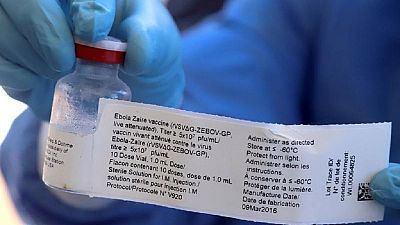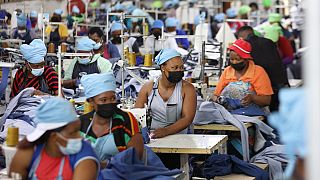Lesotho
An Ebola simulation excercise by authorities in Lesotho caused panic in the country and across the border in South Africa.
Reports indicated early Thursday morning that Lesotho’s health ministry mistakenly announced to the press that a woman from South Africa had been hospitalized after testing positive for Ebola.
The said woman was reported to have had contact with another from the Democratic Republic of Congo, where there is currently an outbreak, before she entered Lesotho via South Africa.
But South Africa’s National Institute for Communicable Diseases, NICD, clarified on Twitter that there was no such case of an Ebola positive patient at least in South Africa.
“This was the first small scale field simulation exercise to test preparedness. The NICD BSL4 Lab has not been requested to test suspected Ebola cases for any neighbouring countries. As such, we have not had a positive Ebola case.”
A local news portal, the Eye Witness News reported that the Lesotho authorities confirmed that the earlier information was incorrect and that the case in point was a simulation exercise.
“Chances of Ebola reaching South Africa are very slim. nonetheless, South Africa has strong response systems that are in place should there be a suspected case,” NICD added in a follow up tweet.
Ebola is currently a big public health issue in eastern DRC where thousands have died since an outbreak that started over a year ago. The development has forced neighbouring countries to be on alert among others Uganda, Rwanda, Burundi and South Sudan.
The Ebola virus can spread quickly and be fatal in up to 90% of cases. Symptoms include fever, vomiting, diarrhea, muscle pain and at times internal and external bleeding.
The virus is most often spread by close contact with bodily fluids of people exhibiting symptoms and with contaminated objects such as sheets. Health care workers are often at risk.













Go to video
African gut study reveals urbanization threatens microbial diversity
01:35
Edgar Lungu's family condemns court decision to stop private burial in South Africa
00:52
South African court halts burial of Zambia’s ex-president Edgar Lungu
01:54
South Africa's independent mechanics join forces to compete with big companies
01:48
South Africa launches vaccination drive to combat foot-and-mouth disease outbreak
01:00
Pix of the Day: June 19, 2025